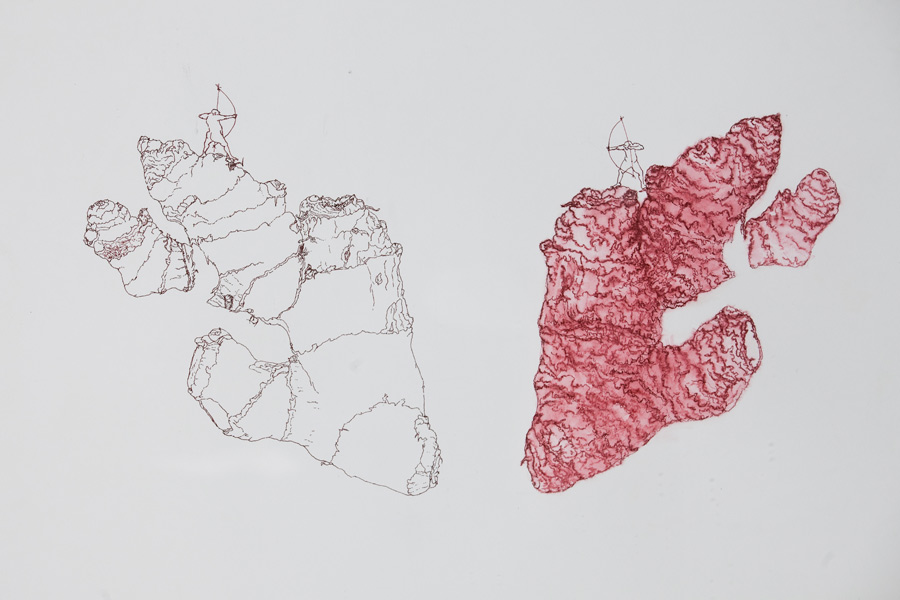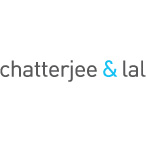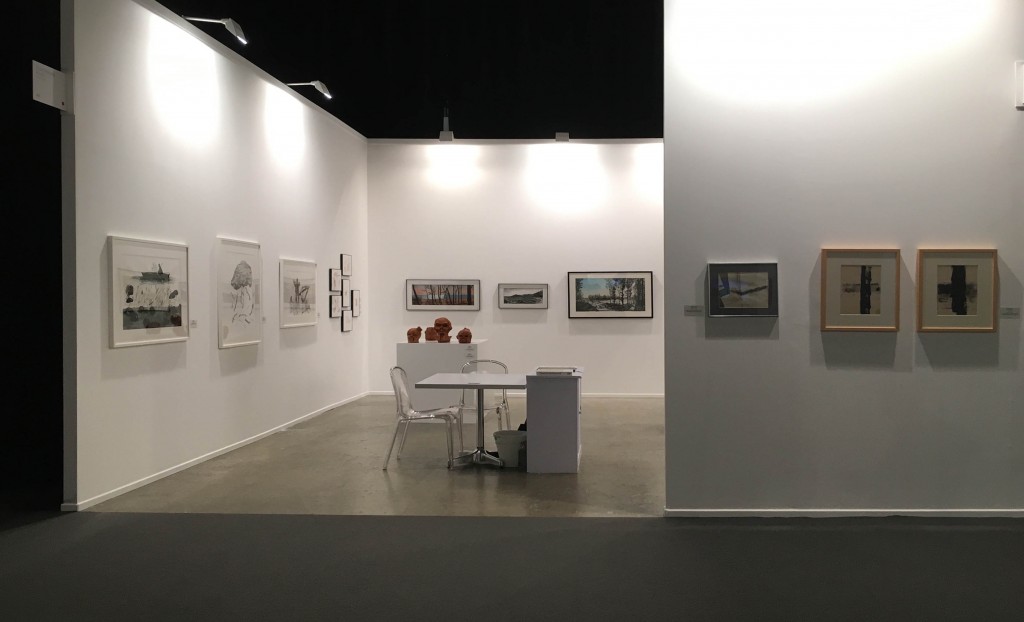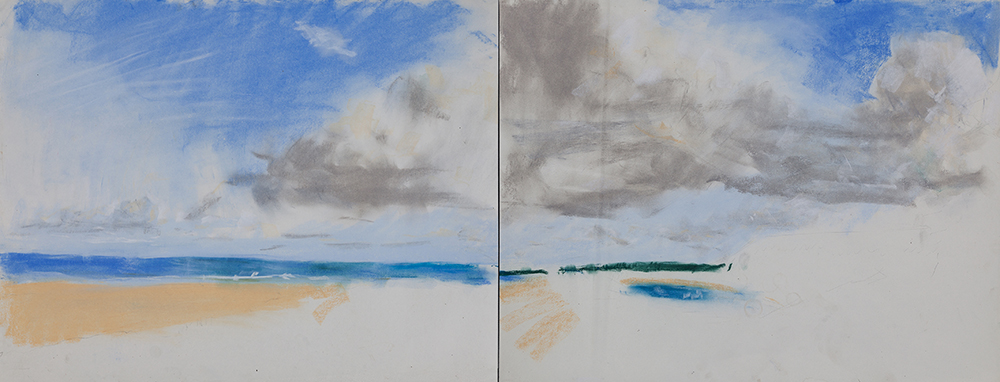Art Fairs
Art Dubai Contemporary | 2016
In 2016 Chatterjee & Lal participated for the fourth at Art Dubai. The genre of landscape painting was prevalent throughout the booth, and, in particular, the figure in landscape. Works included a highly important canvas by Nasreen Mohammedi along with new drawings by Nikhil Chopra, Sahej Rahal and Minam Apang.
Art Dubai Contemporary | 2015 | Nikhil Chopra
La Perle Noire: Rehearsal Acts
Works on paper 2008 – 2014
Drawing resides at the heart of Nikhil Chopra’s performance-based practice. Over the last decade he has used diverse unconventional surfaces to bring alive his mark making including clothes, walls, pavements, ceilings as well as large swathes of cloth and canvas. Landscapes constitute the majority of these works. Often these landscapes are the very same ones into which the artist is about to journey.
At Art Dubai, the artist contemplates his deep engagement with drawing in the form of intimate and medium scale works that refer to specific performance environments. La Perle Noire: Rehearsal Acts brings together drawings executed across regions in India such as Kashmir, Arunachal Pradesh, Kerala and Goa, many of which were executed en plein air. They were made using a variety of mediums including charcoal, ink, pastels and watercolour and reveal Chopra’s remarkable accomplishment as a draughtsman, positioning him in the grand tradition of landscape painting.
Chopra’s performance, and residues of performance, is a part of the Sharjah Biennial 12: The past, the present, the possible curated by Eungie Joo. Here an epic nine-day journey saw the artist create drawings on carpet and canvas murals.
LOOP | Barcelona | 2014 | Nikhil Chopra, Jana Prepeluh + Munir Kabani
Nikhil Chopra | Munir Kabani + Jana Prepeluh
Fjaka, 2014
Single channel | 13 mins 6 sec
Edition of 5
The title is borrowed from the Balkan Mediterranean expression suggesting a condition where there are no aspirations: it is an exalted state of mind and body to which humanity aspires. While in India and elsewhere Fjaka is achieved with long-term meditation, in Dalmatia it is simply a gift from God.
During the work, an island is studied as a sculptural form. It is mapped through the slow orbiting of the camera that alludes, perhaps, to planetary systems and emphases constant change in repetition.
The rock in the middle of the ocean is both a refuge and a trap from which there is no escape route. Though seemingly uninhabited, eight characters emerge in separate corners, each engaged in solitary actions. The sunshine and the calm blue waters are the backdrop, juxtaposed against the melancholy that each character displays.

Art Dubai Contemporary | 2014 | Rashid Rana
Chatterjee & Lal and Chemould Prescott Road, Mumbai, are pleased to present a solo booth by Rashid Rana, the second time they are doing so at Art Dubai. Utilising the grid structure, the artist has recently begun to rearrange famous paintings such as The Rape of the Daughters of Leucippus (1618) by Peter Paul Rubens and The Oath of the Horatii (1786) by Jacque Louis-David, chopping them up into smaller digital fragments, before scrambling these famous compositions into pixelated and codified puzzles.
Collectively known as the Transliteration Series, the individual works have been created using a technique of splicing and stitching that mutate Old Master paintings into compelling new images, images that could only be the work of Rashid Rana. The booth presents a selection from the wider series. While Rana has also manipulated historical examples from the South Asian context, including I Love Miniatures (2004), he is still drawn back to the relative fame and wealth of information that surrounds Western art and particular Old Master painting.
“My work is often a three-way negotiation between myself, my immediate physical surroundings and what I receive- whether through the internet, books, history or collective knowledge.” Rashid Rana, Art Review, 2013.
In the present series there is something carnal, almost violent, in the process of becoming of the works. Rana complicates and realigns such divided notions as figuration and abstraction, manipulation and reality, but also succeeds in knocking the world off its axis and transcending both traditional and technological means of communication. The technique of image-making for these works from Rana is not just a formal device; the act of breaking large pictures into tiny pixels and then combining them to make another image is a comment upon our fragmented and deconstructed surroundings. We are condemned to survive in a fractioned and fractured world, not much different from the surfaces of Rashid Rana.
Widely considered to be the leading Pakistani artist of his generation, Rana trained as a painter at the National College of Arts in Lahore and at the Massachusetts College of Fine Arts in Boston. He is the founding faculty member and head of the Fine Art department at Beaconhouse National University in Lahore. Recent solo exhibitions include a major mid-career retrospective of 70 works, entitled Labyrinth of Reflections at Mohatta Palace Museum, Karachi (2013), as well as surveys at Cornerhouse, Manchester (2011) and Musée Guimet, Paris (2010). Participation in major group exhibitions includes the Kiev Biennial (2012): Fotomuseum Winterthur, Whitechapel Gallery and Saatchi Gallery, London (2010); the Asia Society, New York (2009), the fifth Asia Pacific Triennale, Queensland Gallery of Art, Brisbane (2006) and the Singapore Biennial (2006). The artist lives and work in Lahore.

SPHÈRES | CONTINUA Les Moulins | 2013
In October 2013, during the FIAC Art Fair in Paris, GALLERIA CONTINUA previewed their annual exhibition, SPHÈRES. This is an invitation-only event for selected galleries worldwide to present aspects of their program.
Set in the picturesque landscape of the French countryside, the gallery incorporates the existing buildings of a disused paper-making factory. The emphasis is on works of scale.
The year Chatterjee & Lal presented at SPHÈRES the work of Fabien Charuau, Nikhil Chopra, Hetain Patel and Sahej Rahal.

Frieze London | Focus | 2012 | Nikhil Chopra
The Chatterjee & Lal stand at Frieze Focus proposes two distinct approaches to performance-based work, both using family as the building blocks for work that, ultimately, is universal in its reach and appeal. In the case of Nikhil Chopra this takes the form of the residues of performance by way of costumes, props, photography and video. Hetain Patel’s works function as carefully constructed performative photography and video works. In both cases the artists own bodies are used as the site at which individual family histories, past and present, converge. This brings into relief the legacies of colonialism and Britain’s historical relationship with India.
Nikhil Chopra’s performance series Yog Raj Chitrakar (2007 onwards) are loosely based on the character of his grandfather, a landscape artist living in Kashmir during the early 20th Century. His performances use the act of drawing as an access point, in the same way that Patel’s works include the act of drawing directly onto the body of his wife as suggesting the extent to which family impacts the individual.
Nikhil Chopra’s characters look out from India to Britain through the lens of colonialism, whilst Hetain Patel uses the performative mode to stare back at India using the post-colonial experience as his reference point. The work of both artists often uses the medium of performance to think about their place in the world and how this has been shaped by national histories played out at the family level.

Art HK | 2010 | Minam Apang
A folk tale from the Upper Siang region of Arunachal Pradesh (India),as recorded by Verrier Elwin (1902- 1964), the great English Anthropologist.
Pedong Nane (Pedong = rain, Nane = female elder) gave birth to a malformed baby boy. Afriad that the child would be ostracized, Pedong Nane abandoned him on a large rock, in a clearing deep within the forest.
Abotani ( Abo = father, Tani =human) who was out hunting and gathering in the forest, heard a sound through the wilderness so he raised his bow and aimed in the direction of the sound, expecting it to be a kill. A closer investigation revealed that Abotani’s arrow had found its way to Pedong Nane’s malformed offspring, piercing the baby’s side. The Wind was released and that was how the wind was born.

Art Basel | Art Statements | 2010 | Nikhil Chopra
In March 2010 Nikhil Chopra performed over two days in a museum in Mumbai. The
drawing, costume and residues of that performance will be presented in Basel in June. The booth at Art Statements will engage in a dialogue with the inbuilt contradiction
evident in showing the documentation of performance, where the very absence of the performance tends towards a memorializing of the artist and his or her actions. As such the booth design will play with the aesthetic of museum display, especially with reference to that evident in the Colonial period.
Whilst Nikhil’s performances are time-bound, he is acutely interested in their residues in the forms of video, photography, costumes and drawings.



